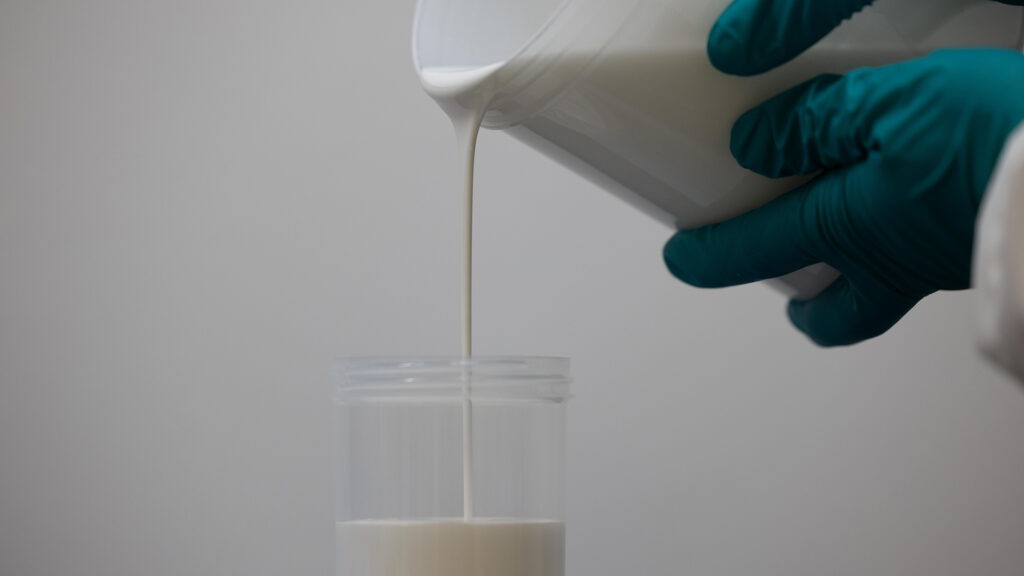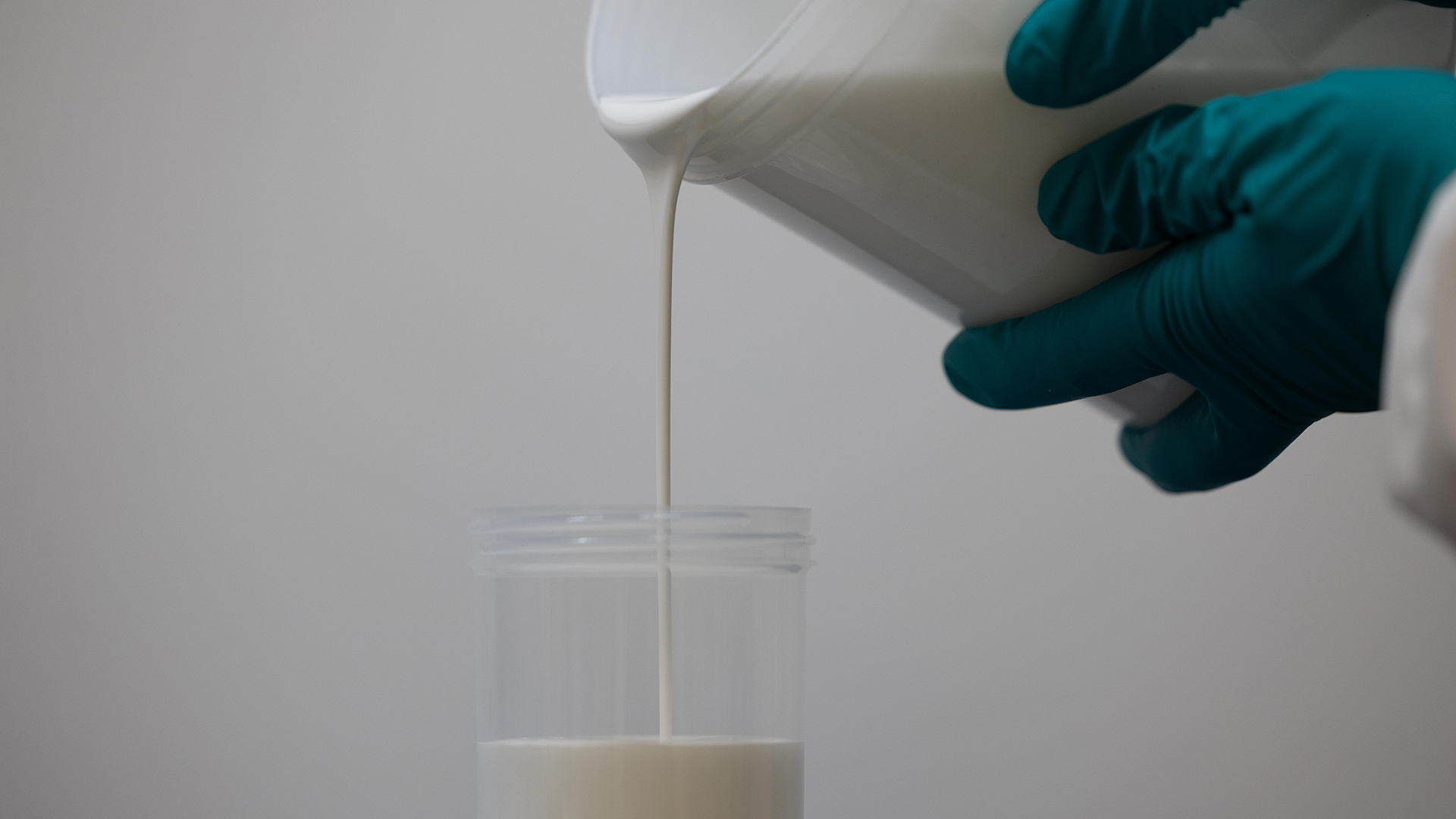
Researchers have developed self-cooling paint that reflects sunlight and radiates excess heat out into space.
July 2023 was the hottest month globally in recorded human history. Extreme heat waves not only threaten human health, but also create tremendous stress on our infrastructure such as power grids and outdoor equipment. There’s a growing need for affordable, energy-efficient ways to stay cool — and now researchers at SRI have developed a self-cooling, water-based paint that provides the ultimate in energy efficiency: It does not require any electricity or power to work.
“The active cooling solutions we have today are not sustainable and will not be adequate going forward,” said Anish Thukral, research scientist and materials engineer at SRI, who is leading the development of this paint. “A passive cooling solution like this is particularly valuable because it is cheaper and more accessible than air conditioning.”
Although it looks like a standard white house paint, SRI’s paint contains carefully designed pigments that achieve cooling in two ways; first, it reflects 96 percent of the sunlight that hits it, according to reflectance data measured by SRI researchers. This means that the painted surface absorbs very little of the sun’s heat, akin to the effect of wearing a white t-shirt on a sunny day.
The second cooling mechanism is a bit more complicated. Materials in the paint radiate heat in the atmospheric transparent window — a specific band of infrared wavelengths that are known to pass easily through the planet’s atmosphere. Because these wavelengths don’t interact with anything in the atmosphere, the researchers are able to use the temperature difference between the paint and the cold outer space to dissipate heat. This has demonstrated the paint to cool a surface up to 10˚F below the ambient air temperature, and 23˚F below its uncoated counterpart, according to an internal test conducted on a rooftop in Palo Alto, California.
“That is the real magic of science,” said Thukral. “We’re using outer space as a direct heat sink, and space is always available and extremely cold. So, it’s a clean and sustainable solution for cooling.”
After exploring several applications with interested parties, the researchers expect one initial use case to be for outdoor electrical boxes, such as those attached to cellular towers, which need to be able to regulate internal temperatures to protect the sensitive and expensive electronic equipment inside.
In many cases, natural ventilation or cooling fans are insufficient to combat extreme heat and air conditioning may cause condensation that could damage the electronics, but SRI’s passive cooling paint could help keep temperatures within safe operating ranges to protect these systems and potentially extending their life spans.
Moreover, SRI has developed a paint formulation that is water-based, which is easier to use, less expensive, and produces fewer potentially harmful volatile organic compounds (VOCs) than solvent-based formulations. The paint is free of PFAS (per- and polyfluoroalkyl substances), a widely used group of chemicals in paints that have been linked to health risks. And it is easy to spray, roll, or brush on.
“We have good adhesion on multiple surfaces; it works on rigid as well as flexible substrates; it has a similar resistance to abrasion as commercial paint would have; if it gets dirty, you can wash it with water,” Thukral said.
While the current application focus is on electrical boxes for which SRI is currently seeking partners through its R&D testing program, SRI’s researchers envision ultimately using the paint on rooftops to lower building temperatures, on vehicles to help maintain cool interiors, or on playground structures so that children can use them even on the hottest summer days.
“We’re trying to get this paint out into the world,” Thukral said. “It could have an impact on a very broad population.”



